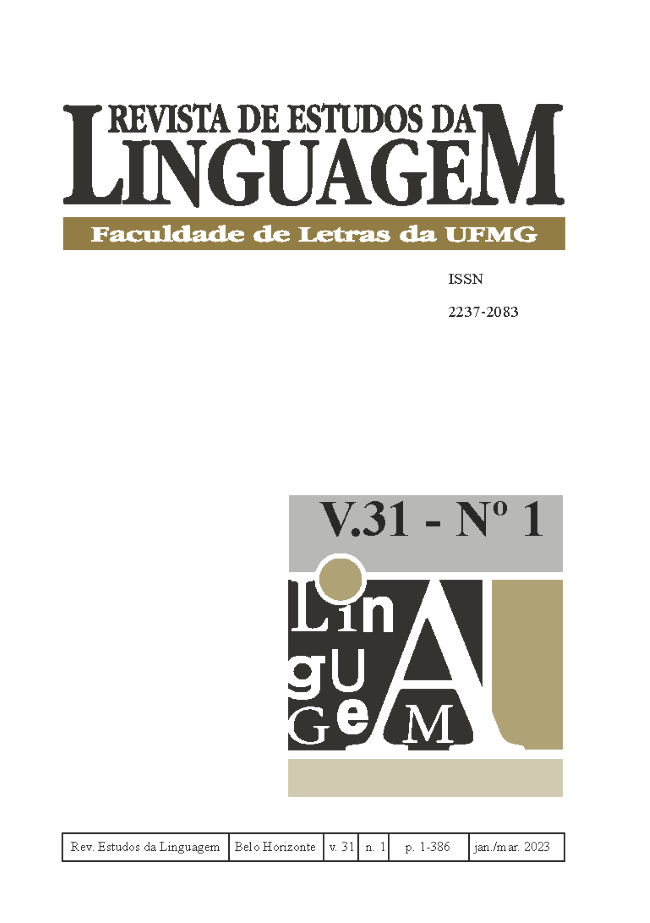External Vocalic Sandhi in Santomean Popular Portuguese
DOI:
https://doi.org/10.17851/2237-2083.31.1.176-219Keywords:
External vowel sandhi, Phonology, Portuguese, Degemination, Elision, DiphthongizationAbstract
This paper describes three processes of external vowel sandhi — degemination (DG), elision (EL), and diphthongization (DT) — in São Tomé Vernacular Portuguese (PST). All three processes are found in PST: 32% DG; 36% EL; 52.5% DT. Working with six Santomean informants, we analyzed a corpus of 113 sentences with vowel encounters in word boundaries (V#V). Then, we measured the duration of vowel encounters or the single resulting vowel when the encounter was undone. Factors such as the nature of the prosodic boundaries (phonological word, phonological phrase, and intonational phrase), prosodic stress (lexical and phonological word), and vowel quality are crucial to implementing sandhi processes. However, they occur in different prosodic settings: diphthongization occurs between intonation phrases (IP+IP) as long as their boundary is not limited by a pause. In contrast, elision and degemination occur in phonological word boundaries (ω + ω) and phonological phrase boundaries (ϕ + ϕ). The prominence of the phonological phrase was the preponderant factor in preventing all processes, blocking degemination whenever phonological phrase stress matches with a stressed second vowel. For elision and diphthongization, sandhi was blocked when two stressed vowels co-occurred with the stress of a phonological phrase.




 Esta obra está licenciada com uma Licença
Esta obra está licenciada com uma Licença 